Hallo Bay Bear Camp
Brown Bear Digging For Clams
- - -
Alaska Department of Fish and Game
Species: BROWN BEAR Ursus Arctos
- - -
DID YOU KNOW?
A bear's teeth, combined with their paws and claws, are their primary tools for defense and obtaining food. Their teeth are large, and though originally carnivorous, are adapted to an omnivorous diet of both meat and plant materials. The major difference between carnivore and omnivore dentition are the molars, which in bears are broad and flat. Dentition: the size, shape and use of the teeth, and jaw muscles influence the size and shape of a bear's head. Brown bear teeth are flat and have broad crowns on molars, premolars and molars for grinding. Bears use their teeth to hold and tear, then grind food before swallowing it.
Bears have 42 teeth, while humans have 32. Permanent teeth are normally in place by the time a bear is approximately two and a half years old. For each species the characteristics of the four kinds of teeth--incisors, canines, premolars, and molars will vary depending on diet and habitat. (although the links above show mostly human teeth, this will allow you to have a better idea of where the teeth mentioned are located in the mouth)
In the third photo above, you'll see broken clam shells in the bear scat. Hard to believe these impressive animals can crush and eat the shells, which they dig for along the tidal flats in front of Hallo Bay Bear Camp.









 Alaska Time
Alaska Time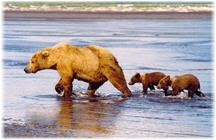








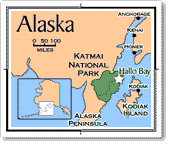

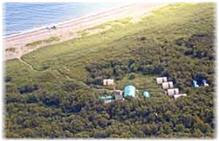


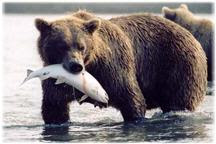
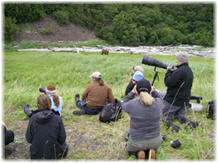




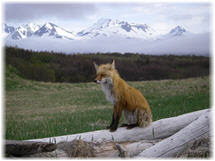


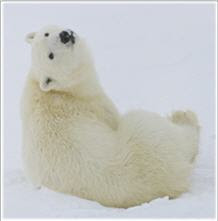







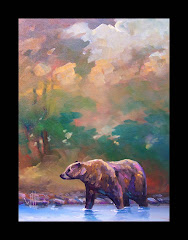





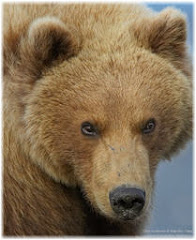




No comments:
Post a Comment